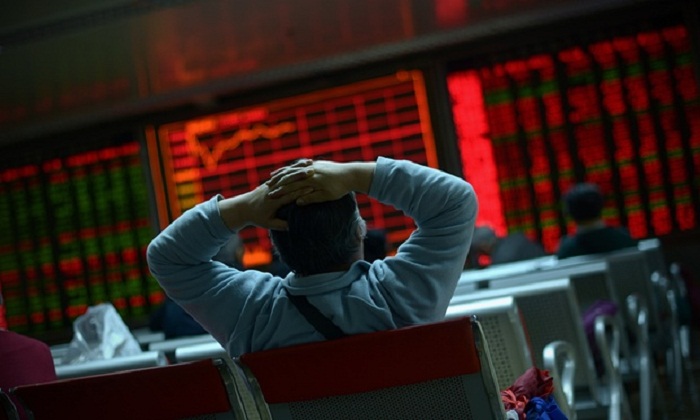Oil prices rise as dollar slips to 18-month low against yen

Higher oil came on the back of a slumping dollar, which makes purchases of dollar-traded fuel cheaper for countries using other currencies, potentially spurring demand, as well as strong investor interest in oil.
The dollar has lost over 7 percent of its value this year against a basket of other leading currencies .DXY and it hit fresh 18-month lows against Japan`s yen JPY= on Tuesday.
Energy Aspects` oil analyst Virendra Chauhan said the weak U.S. dollar was a factor in rising oil prices, but also pointed to a "sentiment shift", with significant passive and commodity trading advisor (CTA) money flows back into energy after two years out.
However, traders said the gains were capped by rising output in the Middle East as well as fears over China`s economic health after factory activity shrank for a 14th straight month in April.
Iraq, the second biggest exporter within the Organization of the Petroleum Exporting Countries (OPEC), was the latest OPEC-member to announce its exports were rising, reporting oil shipments from southern fields at an average rate of 3.364 million barrels per day (bpd) in April.
That was higher than the March average of 3.286 million and close to its November record of 3.37 million bpd.
Production in OPEC`s biggest exporter, Saudi Arabia, was 10.15 million bpd in April, but sources have said it may rise to near-records of 10.5 million bpd in coming weeks.
Iran is also adding to surging Middle East output following an end to crippling sanctions in January. The producer has increased its exports to almost 2 million bpd from a little over 1 million bpd at the start of the year, with sales to South Korea in particular soaring.
The Middle East supply jump counters falling output in the United States, where production has declined from a peak of around 9.6 million bpd in June 2015, to below 9 million bpd now, according to U.S. Energy Information Administration (EIA) data.
This helped lift crude futures by almost a third in April, and they have recovered over 70 percent from decade lows reached in early 2016.















































